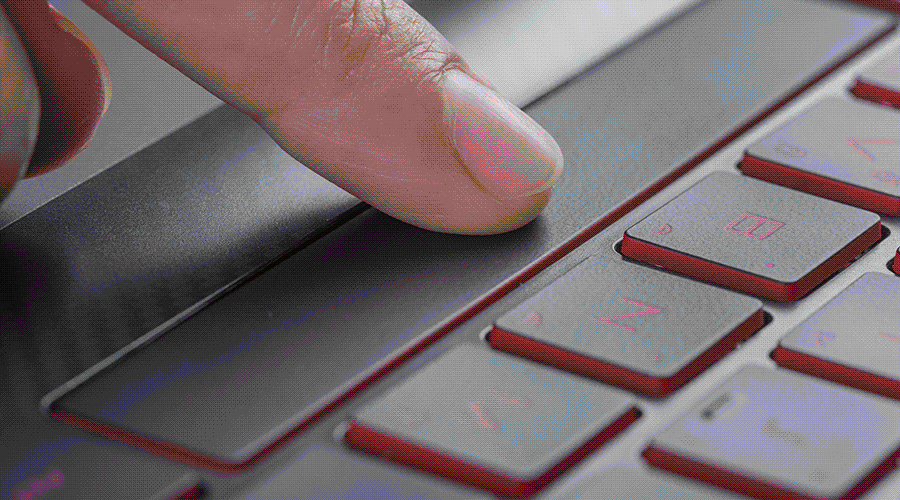A close friend of mine recently asked me to edit an important professional email. We’ve known each other since we were 8 years old, and in recent years he’s devolved into somewhat of a Patrick Bateman–esque, white-collar psychopath. That opinion was only affirmed when I learned he still puts two spaces after his periods. I know where he learned this — it was drilled into us in grade school, when our teachers first introduced us to keyboards. But the habit had never been corrected.
He had the gall to tell me I was wrong about this — even though I do write for a living and tend to be well-versed in such things. Two spaces after a period is the correct usage, he said. He was certain.
We decided to poll our group of friends — a highly representative sample of straight white male attorneys and finance professionals — and I was shocked again to discover that nearly half the respondents still put two spaces after a period. This is a group of educated, successful men who grew up with the internet and now work for some of the largest, most influential corporations in the world — nearly half of them regularly send emails that make them seem like 1960s stenographers.
And trust me: They are indeed wrong. The two-spaces-after-a-period construction is outmoded and has no place in modern communication.
This lack of consensus has plagued the written word for centuries. For hundreds of years, typesetters, once the arbiters of typographical standards, couldn’t agree on one or two spaces after a period. The first printing of the Declaration of Independence adheres to the two-space rule, while many Bibles from the era use only one, for example. Other printing presses changed the number of spaces they put between words and sentences within the same piece of text, meanwhile. Typesetters in Europe eventually agreed to use one space sometime near the early 20th century, with American typesetters following suit shortly thereafter, according to James Felici, author of The Complete Manual of Typography.
Until the advent of the typewriter, that is, when a design quirk caused typographical rules to change yet again, and the two-space rule became the industry standard. Typewriters used what’s called monospace typing, in which every letter on the keyboard had the same amount of horizontal space. Or better put, the key for a lowercase “i” was just as wide as one for a capital “W,” creating an awkward amount of white space between letters, and making it hard to discern where certain words started or ended. To avoid confusion, typists would put an extra space at the end of a sentence.
Monospace typing fell by the wayside in the 1970s, as electronic typewriters were able to write in “proportional fonts.” But the two-space rule persisted. It was so ingrained in the public consciousness that people thought it was the grammatically correct way to type. Not to mention, a generation of educators who grew up with typewriters told us the two-space rule was sacrosanct, and we just haven’t been able to break the habit. That’s understandable. Habits are hard to break, especially muscle memory ones like keyboarding.
It’s not a coincidence that many of my friends who still use two spaces work in finance and law — two decidedly old-school industries populated by people who grew up in the two-space heyday. Even on Reddit — a distinctly modern communication hub, where users tend to be young, tech-savvy and knowledgeable — users have been debating whether to use one or two spaces for eight dang years now.
As one Reddit user puts it, “I’m 21 and I’m too damn old to change a habit like this.”
Which is insane on every level — most of all that of putting two spaces between sentences. In my humble opinion, this practice should be eradicated for good — especially in the digital communication age, when every device has proportional fonts. Design experts agree that using two spaces creates an unsightly amount of white space, and increases the chance you’ll have a “river” snake its way through your paragraph. Worse, it makes a person look old and out of touch.
It’ll be incumbent on Generation Z to bring about that change, though. Because if Reddit is to be believed, there are too many stodgy millennials unwilling to abandon that erroneous second space.
“Changes in typesetting equipment and printing technology have made the ‘two spaces after a period’ not needed any longer,” says one Reddit user. “I still use two spaces, though.”
My friend had a similar reaction when I presented him my one-space argument. He concedes he’s wrong, but has no plans to change. Can’t argue with that logic.

